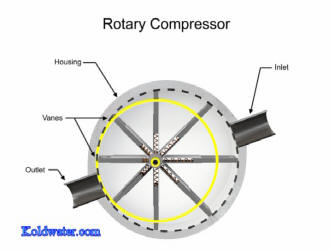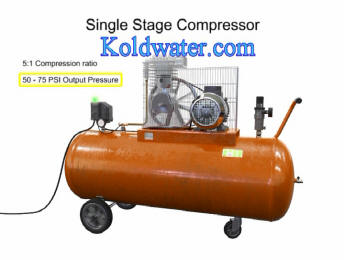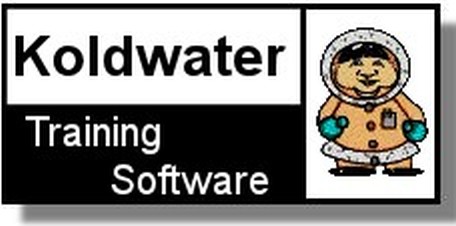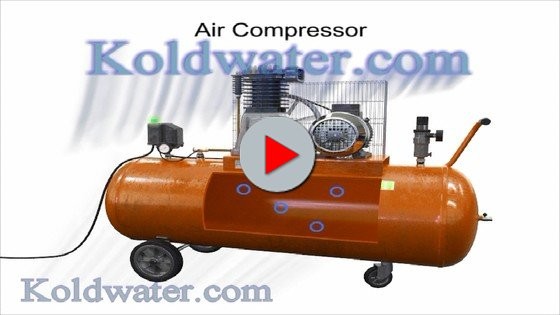An air compressor is a device that takes input mechanical power, typically from a motor, and converts it to fluid air power. The compressed air can be stored for later use in compressed air tanks or it can be transferred via pipes to a point of use. Compressors with a piston as the compressing element are called
reciprocating compressors. Compressors can also be made with veins or impellers. These types of compressors are called
rotary compressors.
Rotary compressor working principle:
In the above video, you will learn about the construction and working of rotary compressors. Rotary compressors typically consist of a cylindrical housing with adjustable rotary vanes, an inlet, and an outlet. The vanes are on an off-center drive shaft. As the shaft rotates, the vanes slide in and out to maintain contact with a cylindrical compressor wall. As they do, they create air chambers within the cylinder, of varying sizes.

Air enters the largest chamber as the vanes rotate they retract causing the chamber to get smaller and compress the air, air exits at the smallest chamber. Rotary compressors are typically free of the vibration and pulsation that occurs with reciprocating compressors.
Reciprocating compressor working principle:
A typical reciprocating compressor consists of a housing with an internal piston connected to a crankshaft. As the crankshaft turns, a piston reciprocates within the cylindrical housing. There are two valves at the head of the cylinder, an inlet, and an outlet. The inlet (
sometimes called the suction valve), allows atmospheric air to enter the cylinder. The outlet (
sometimes called the discharge valve), ejects the newly compressed air from the cylinder. As the crankshaft turns, the piston lowers and raises changing the available volume within the cylinder.
The downward stroke of the piston is called the suction stroke. The upward stroke is called the compression stroke. As the piston moves downward on its suction stroke the volume increases within the cylinder. As the volume increases the pressure within, the cylinder air pressure becomes lower than the inlet air pressure. This allows the outside air's higher pressure to push open the inlet valve and allow more air into the cylinder. As the piston begins its upward compression stroke, the volume within the cylinder decreases. The decrease in volume causes the pressure within the cylinder to increase. The increase in pressure opens the outlet valve and compressed air discharges from the cylinder.

This is a single-stage compressor, it has only one piston and cylinder and compresses the air in only one stage. A single-stage compressor typically has a compression ratio of 5 to 1. With an output pressure of about 50 to 75 psi, as air is compressed it becomes increasingly hot, if the air becomes too hot, not only is the compression cycle less efficient, but there is the hazard of an explosion if any hydrocarbon material such as oil or lubricant comes into contact with the overheated air.
To avoid the hazards of overheating and still generating higher pressures, manufacturers make compressors with multiple stages. The air is compressed in the first stage, which is typically the largest stage, then cooled, then compressed in the second stage. The hot compressed air from the first stage is conducted to the second stage through thinned tubing which is exposed to the air from a flywheel fan. After the air is cooled within the tube, the compressed air enters the second stage to be compressed even further.
The compressed air entering the second stage is sometimes called supercharged air. Two-stage compressors have a compression range of 3 to 1 or even less per stage but can operate up to 175 psi. They can also deliver more air at a higher pressure than single-stage compressors of the same horsepower. If pressures of more than about 175 psi are needed, multi-stage compressors should be used. On these larger compressors, cooling may take place by circulating water, instead of air to reach a pressure of 2,500 psi. As many as six or seven stages may be needed with cooling between each stage. Their versatility makes compressors one of the primary components in air production.


